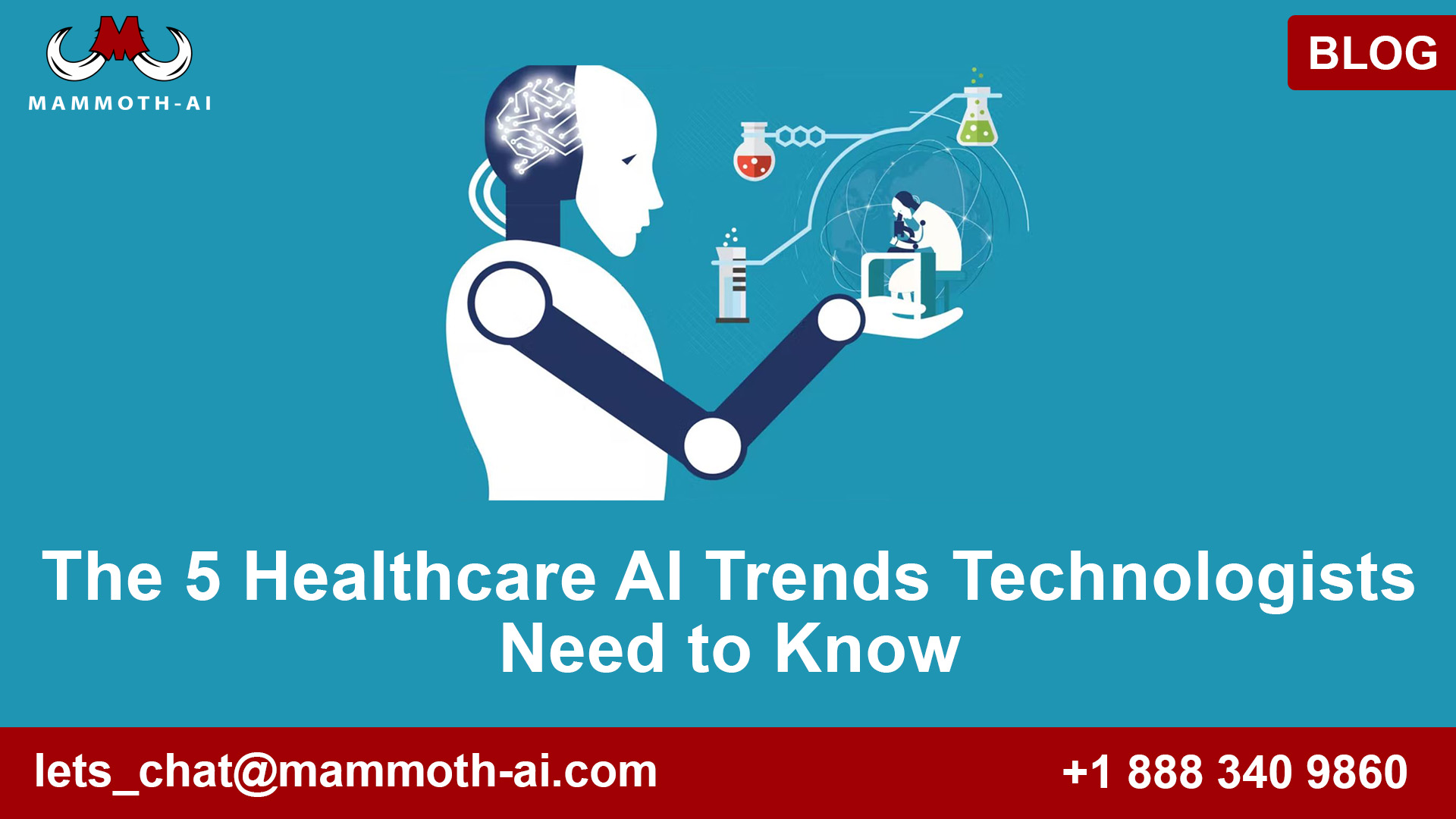For the past two years, healthcare has been at the center of everything we do. While the epidemic has dominated the conversation, healthcare technology, particularly artificial intelligence (AI), has been exploding in popularity. Just look at the investment landscape: more than 40 firms have secured at least $20 million to develop AI solutions for healthcare applications.
But what’s fueling this expansion? The venture capital trail alone will not provide insight into the themes that are driving AI adoption in healthcare. However, the “AI in Healthcare Survey 2022” will. Gradient Flow and John Snow Labs surveyed 300 people from around the world to find out what they’re seeing in their AI systems, from the people who use them to the problems and criteria they use to design solutions and test models. The following are the top five findings from the study.
- Data annotation has become a cornerstone of AI: When asked what technologies they aim to have in place by the end of 2022, technical executives cited data integration (46%), business intelligence (44%), natural language processing (43%), and data annotation (43%). (38 percent ). Text is currently the most common data format in AI applications, and the prioritizing of data annotation signals an increase in more advanced NLP technology. More advanced NLP use cases, such as clinical decision support and medical policy assessment, are now possible. The epidemic has advanced several aspects of medical research, including medicine development.
- Domain knowledge is increasing: Over half of respondents (61%) selected doctors as target users for AI tools and technology when questioned about intended users. Nearly half of respondents (45%) said healthcare providers are among their target consumers. Furthermore, a higher percentage of technical executives identified healthcare payers and drug development specialists as potential AI users. The move from data scientist to domain expert will continue, and it’s a significant step toward democratizing AI use in healthcare and other fields.
- When asked what types of software they use to construct AI applications, the most popular choices were locally installed commercial software (37 percent) and open-source software (33 percent) (35 percent ). With the emphasis on open source software, the use of cloud services dropped by 12% (30%) from last year’s survey results (42 percent ). These adjustments have resulted in new entry points. Healthcare is becoming a more common target for cyber threats, thus practitioners should be cautious whether they employ open source or cloud solutions.
- Most respondents (53 percent) rely on their own data to validate models rather than third-party or software vendor metrics to validate models. Respondents from more mature firms (68%) favored in-house evaluation and tuning of their models. These findings aren’t surprising, given that the healthcare business is extensively regulated and has strong data-handling standards. Protecting health information, particularly that of patients, is critical, and many healthcare organizations are understandably hesitant about entrusting it to third parties.
- Critical priorities include production readiness, training and tuning models, and healthcare-specific models: Technical executives valued production readiness when evaluating machine learning, natural language processing, and computer vision technologies, while mature enterprises prioritized the ability to train and tune models. Furthermore, both technical leaders and respondents from mature enterprises mentioned the availability of healthcare-specific models and algorithms when evaluating locally installed software libraries or SaaS solutions. It’s simple to see why model specificity and the flexibility to make modifications are so important when working with patients and pharmaceuticals.
It’s great to see how a highly regulated business like healthcare is ushering in AI, with increased investments and enthusiasm from a larger variety of consumers. It will be interesting to observe where AI is in another year, balancing responsible practices and safety procedures while adapting to a new wave of users.
For more info: https://www.qaaas.co.uk/testing-services/
Also Read: https://www.guru99.com/software-testing.html


